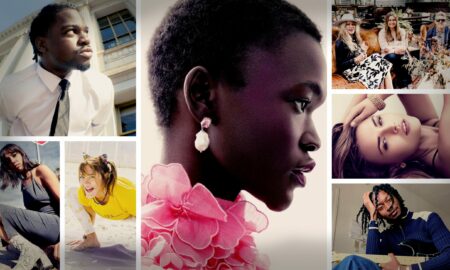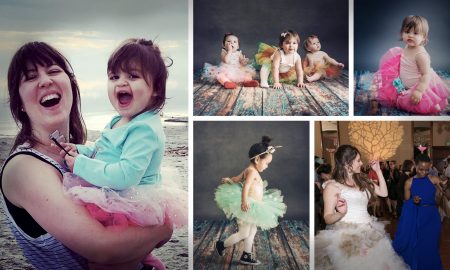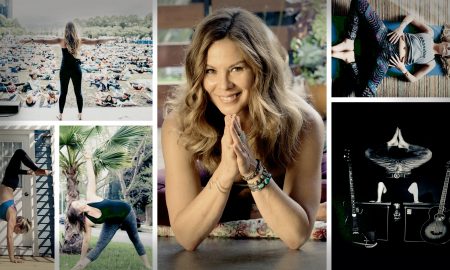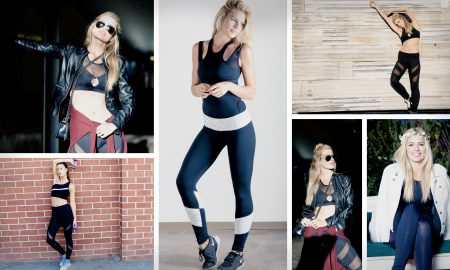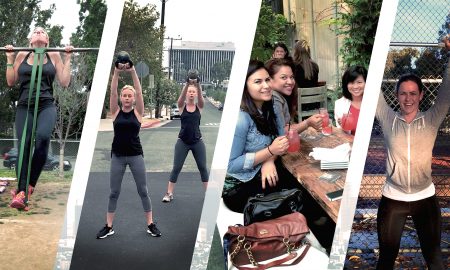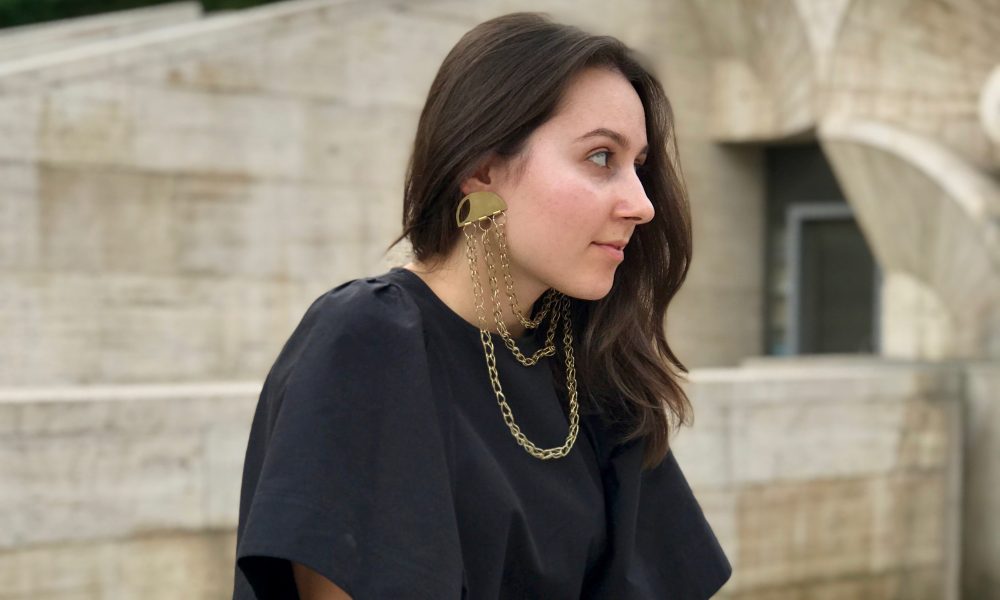

Today we’d like to introduce you to Ruzanna Hanesyan.
Hi Ruzanna, so excited to have you with us today. What can you tell us about your story?
There are many ways to begin my story, but the pivotal point where my journey changed is when I first started my bachelor’s degree at the American University of Armenia. I was indecisive about my career path but I was certain that my passions lie in art, literature, and languages. Being born and raised in Armenia, I thought I knew all there was to know about Armenian art and literature. I did not realize how wrong I was until I took the Armenian Visual Traditions course with Erin Piñon, an intern from the Getty Museum in Los Angeles. Erin’s fascination and knowledge about Armenian architecture, manuscripts, and Khachkars (Armenian cross-stones) made the course compelling. She wove parallels between contemporary Armenian practices of craft and the historic objects dating back to Ottoman-Armenia. Before the course, I did not realize how multifaceted the artifacts of medieval and early modern manuscripts are, the combination of styles that marry east and west. Having the opportunity to be able to look at ancient Armenian manuscripts and artifacts and learn how history is intertwined triggered my interest in art restoration and conservation.
During my studies at ArtCenter College of Design, I was the first person in my department to receive an independent study in art conservation, which took place at Eugena Ordonez’s conservation studio. That semester was the peak moment of being part of the art conservation community. What interested me most is how conservators tools expose different stories through science, it is a lively process where the natural aging of the object (it’s material) is unveiled.
My enthusiasm for conservation and restoration continued throughout my internship at Dosa, a zero-waste textile company. There, I acquired experience in fiber and works on paper. There I realized how design, restoration, and conservation can go hand in hand. To me, the precariousness of the object, the natural fading of colors on textile, the tears, and mending is a healing experience that introduces memory, time, traditional craft into the contemporary world. The pandemic helped me realize that the necessity of tangible hand-work and time (presence).
At the moment, I am working towards my third academic journey and a graduate degree in Art Conservation. But I would always find time to create and work on collaborative projects.
Would you say it’s been a smooth road, and if not what are some of the biggest challenges you’ve faced along the way?
My senior year at ArtCenter when the pandemic broke, I immediately went back to Armenia to quarantine with my family. I was working towards my senior thesis and researching embroidery techniques, ruins and mythology. I came across an online course from Tumo studios—Armenian Needle Lace taught by Mariam Gharibyan.
I have always wanted to acquire a skill in needle lace and joined the group where we learned embroidery techniques, discussed the origin of Armenian embroidery schools, history of the craft. There are few sources about Armenian embroidery and through on-site works, I finally realized that there isn’t any direct translation of embroidery, which we can say in one word “Armenian embroidery”. In Armenia, embroideries branch into schools. Those names are Ayntap, Marash, Ourfa, Van, Sebastia… and what felt like a one-month long needle lace class extended into a year-long practice. With my return to LA year 2020, in isolation and away from my family, the war began between Azerbaijan and Artsakh. I was shocked and everything happened in a second. When the first list titled “in memoriam…” showed up on my screen, I felt alienated from the experience. I found my refuge in embroidery-Ayntap. From the start to finish, I began to embroider on the synthetic sheer fabric —names of the individuals, young boys. When I am asked if the work is finished the answer remains unknown to me. Like Elegy or a poetry of reflection, I am asking my viewer to take time and reflect upon the work.
Alright, so let’s switch gears a bit and talk business. What should we know about your work?
I am a process-based artist and I specialize in traditional crafts—ceramic, fiber, embroidery, jewelry. I often come across questions such as “How long did it take to completion ? What are the materials? How is it made?”. I can spend hours on work or technique that takes a lot of repetitive steps and patience. My work has a tension between soft and industrial material. I love making chains inspired from Western Armenian chains that link one another. That idea has informed my practice to experiment and develop a technique where I can link each chain individually. The chains from fiber would often be stuffed with materials such as buckwheat shells to create texture and warmth. I have also developed a clay chain technique to create shoes part of the performative installation and vessels which I have yet to explore. I have a mindset and ethics in my practice to create zero waste works or upcycle from what I have at hand, it inspires me to create. It makes me proud to not regret that I might go through a time-consuming process without convincing result. That risk of taking time is crucial, I think there is no such thing as “wasting time” each step is important. I went through a lot of trials and errors, but I am a physical person and for me, I have to hold/carry it to see if it works. To quote Lee Ufan’s short essay “on the hand” (1913) The hand is a friend of the brain. The hand and brain work together to paint a picture or make a sculpture. The hand is extremely important to the brain but at times betrays it. That is because the hand is part of the body. Like the eyes, mouth, feet, ears, but – tocks, the brain itself, and internal organs, it is an organ of the body. (p548)
How do you think about luck?
I am not sure if it is luck, but I am lucky to have a community of friends and family who support me. I always imagine us connected together with a fine thread and no matter the distance we will eventually meet. The phenomenon of luck always takes me back to my grandmother. She would splash a bucket of water behind us when we were on our way to the airport for good luck or say words that would take your sorrow or pain away into her body. I never think about luck good or bad when something works or doesn’t. I prefer to think about what comes out of it and how I can become a better person than I am today.
Contact Info:
- Email: rhanesyan@yahoo.com
- Website: https://www.ruzannahanesyan.com
- Instagram: https://www.instagram.com/rouzy9/
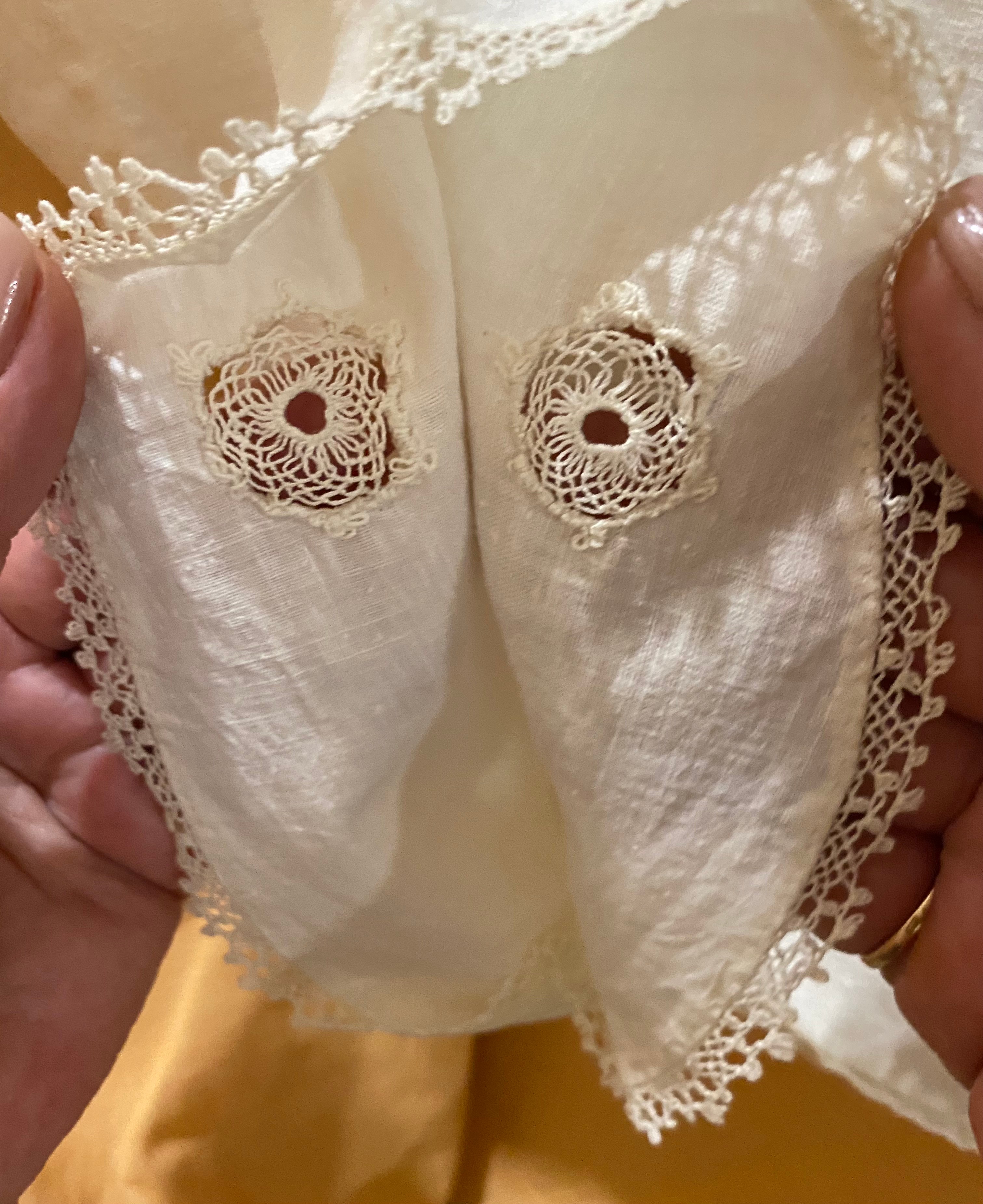
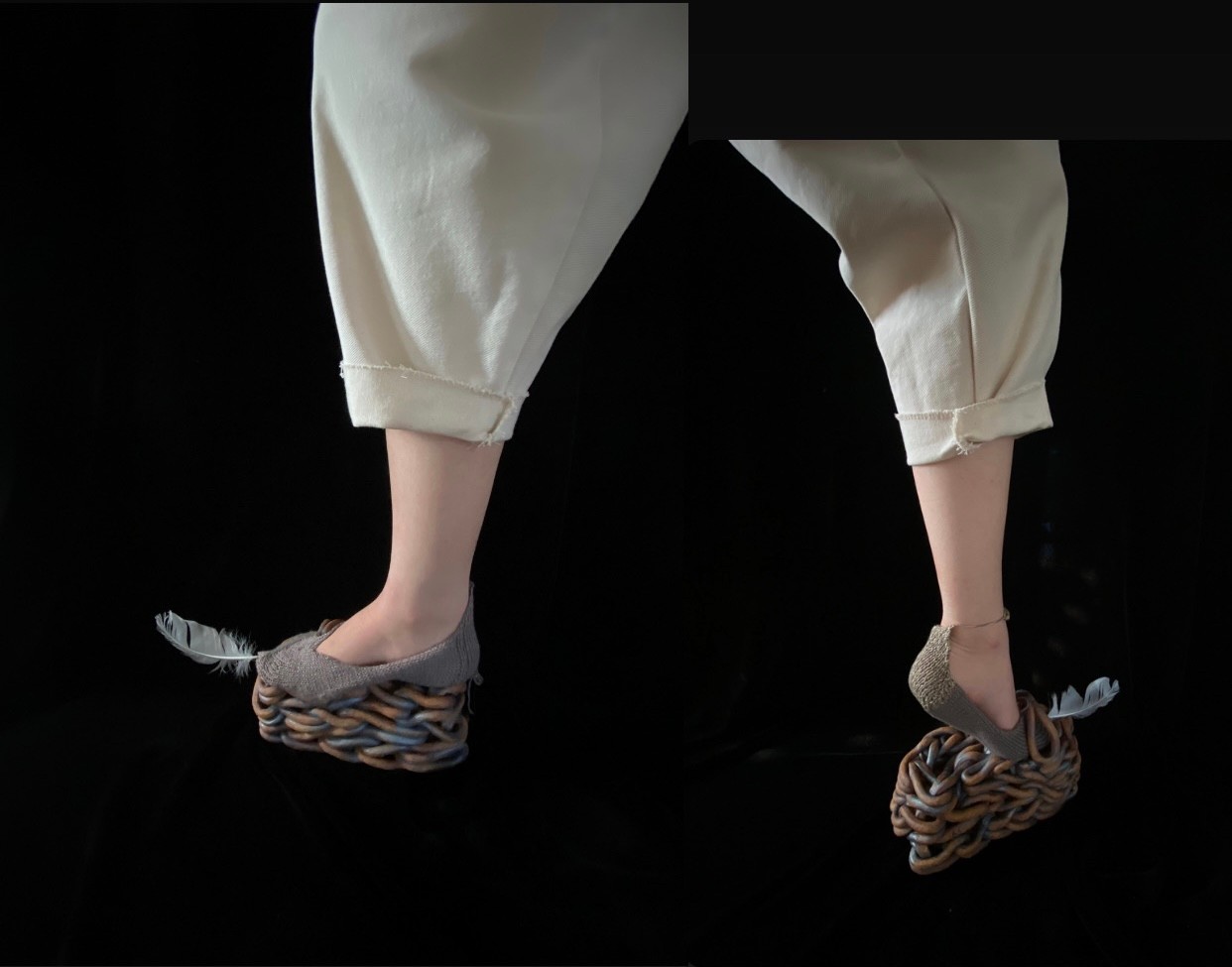
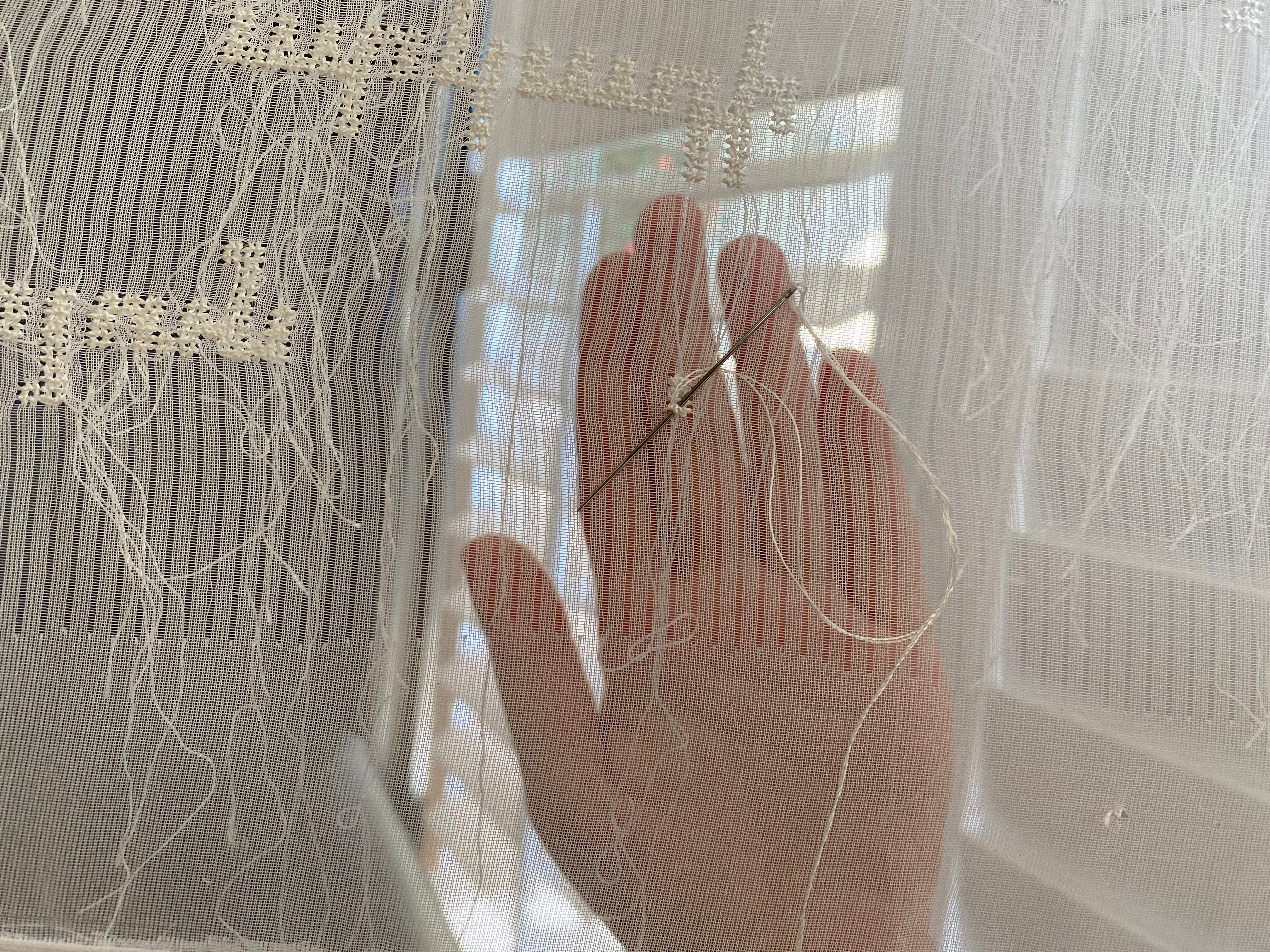
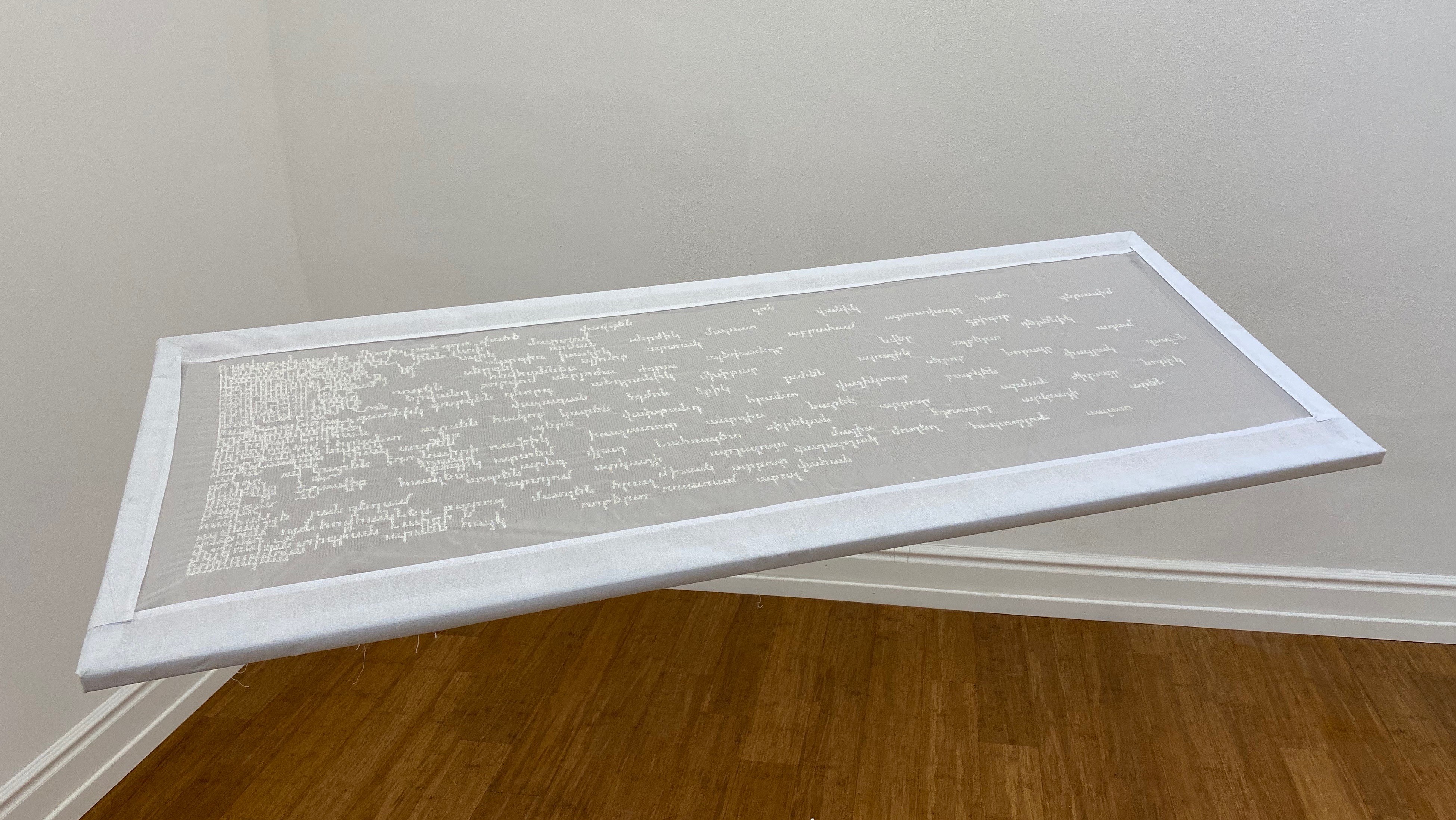
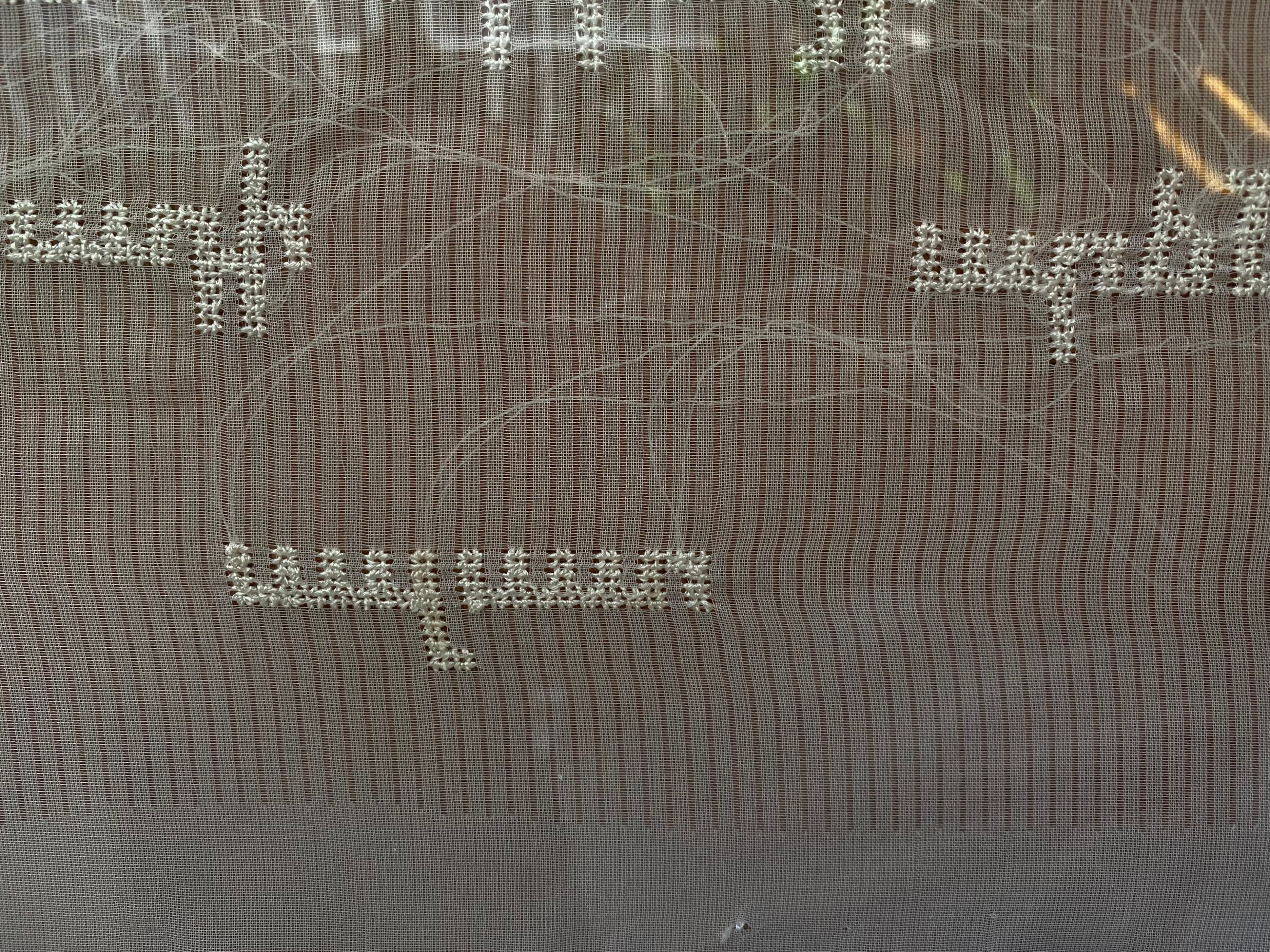
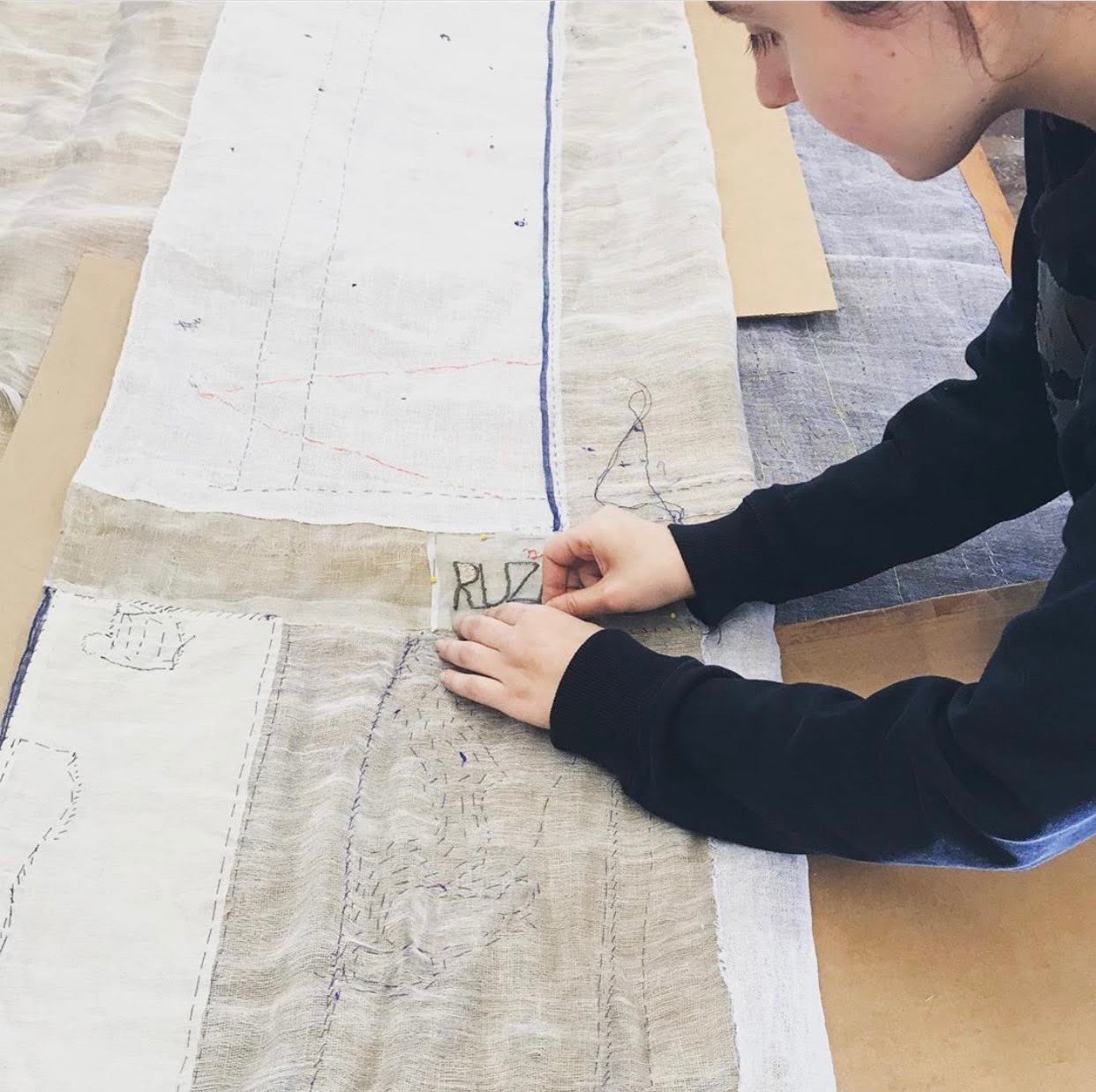
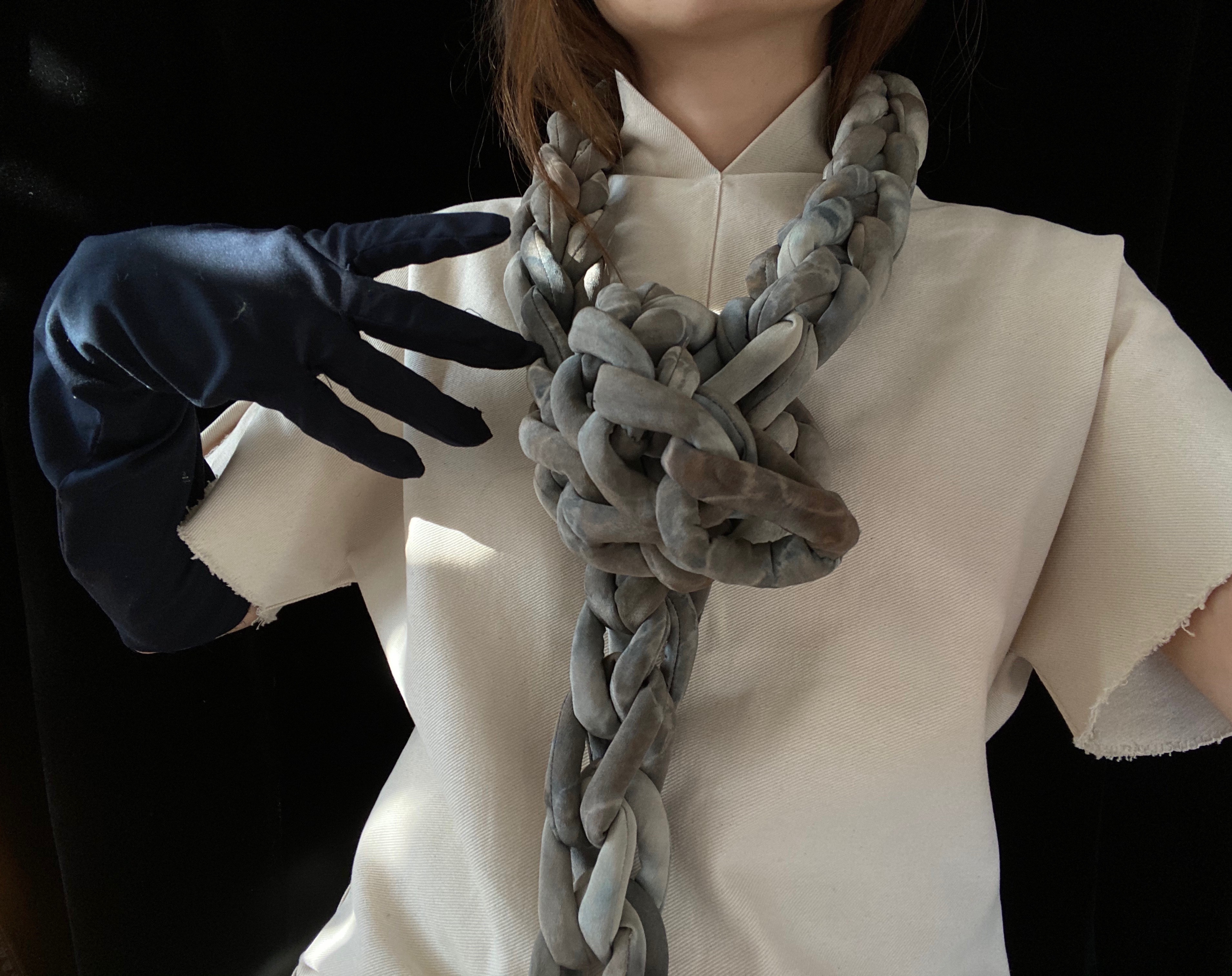
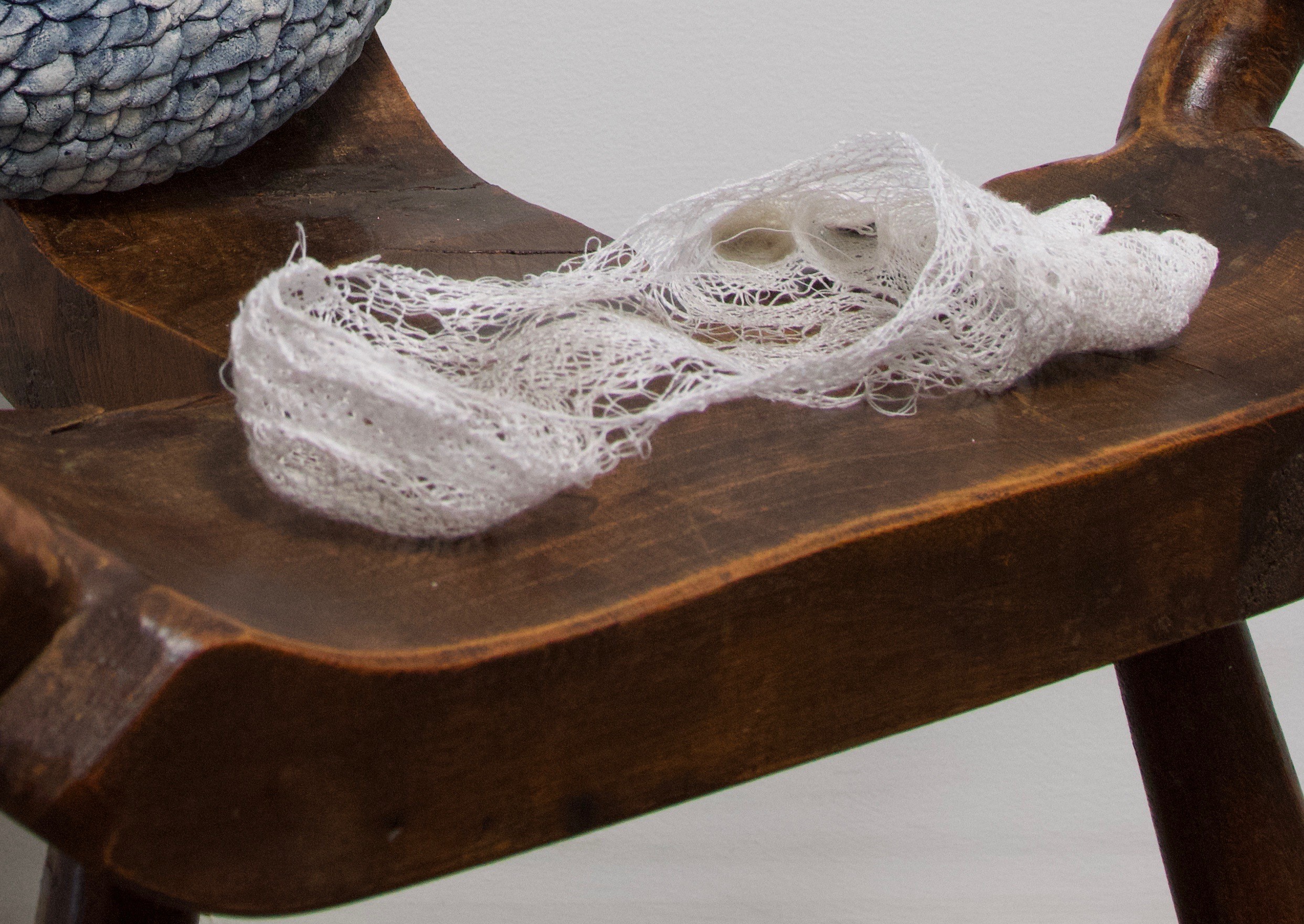 Image Credits
Image Credits
Johnny Pérez DosaInc

